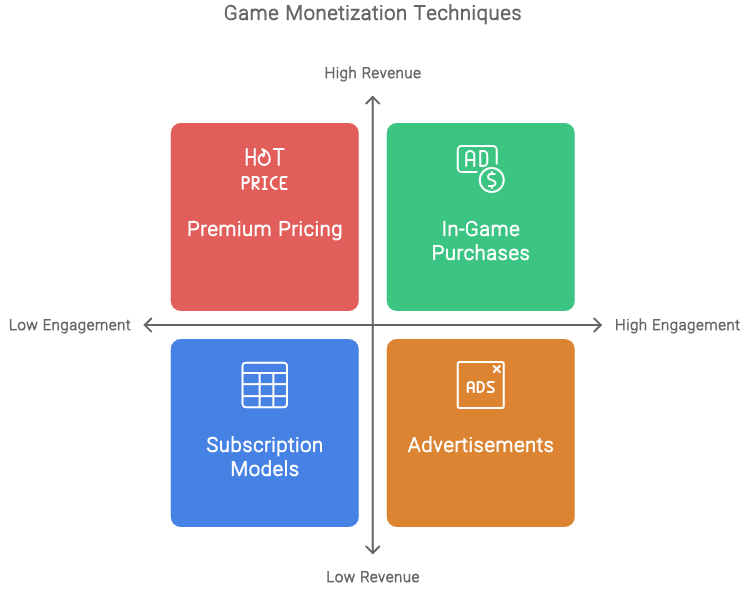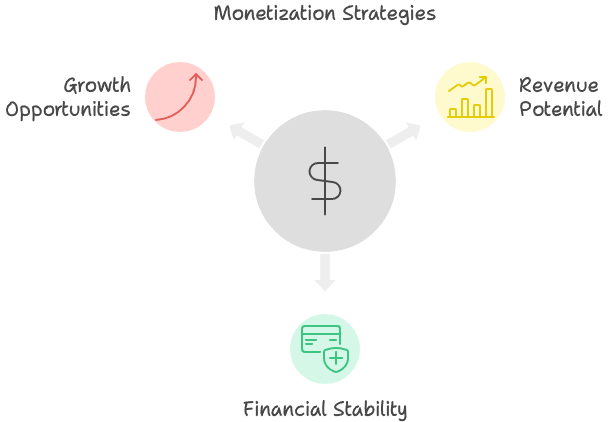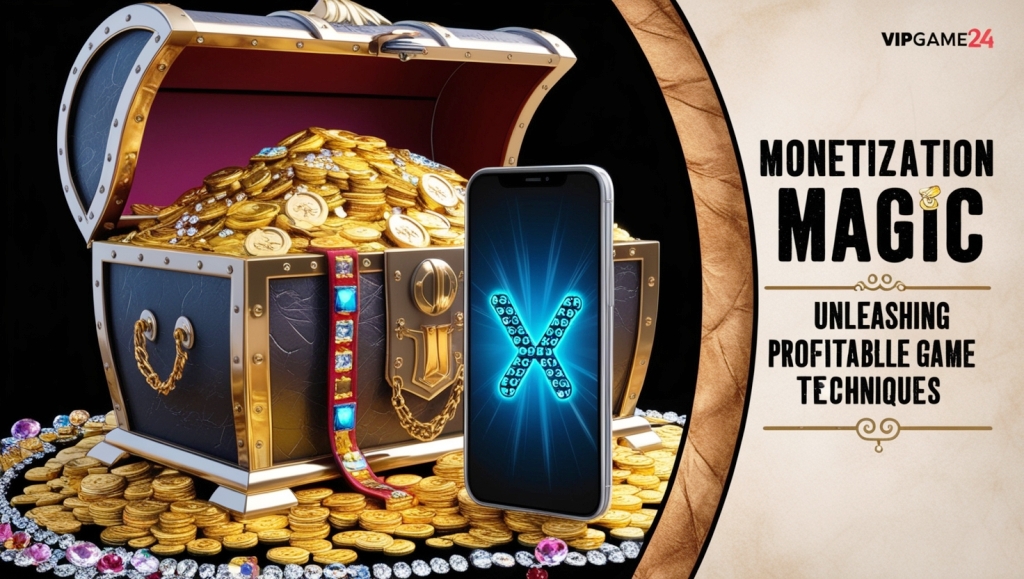Game Monetization Techniques

In the ever-evolving landscape of gaming, understanding effective monetization techniques is crucial for developers and gamers alike. This section explores two prominent methods: the subscription revenue model and in-app advertising strategies.
Subscription Revenue Model
The subscription revenue model is gaining traction in the gaming industry. This shift reflects a broader transition from a transaction-based economy to a subscription economy, where consumers prefer buying access to services over one-time purchases (Quora).
In this model, players pay a recurring fee at regular intervals, fostering long-term relationships and ensuring steady revenue. This approach not only provides predictable income for developers but also enhances engagement with players. As more companies adopt subscription-based models, you can expect additional content and features that keep the gaming experience fresh.
| Key Benefits of Subscription Revenue Model |
|---|
| Predictable revenue streams |
| Deeper relationships with players |
| Opportunities for regular content updates |
For those looking into game investment opportunities, understanding this model can be essential for evaluating potential returns on investment.
In-App Advertising Strategies
In-app advertising is another highly effective monetization technique. This method allows game developers to generate revenue without directly charging players. It involves integrating advertisements within the game experience, ensuring they are targeted and relevant to the audience (Playwire).
There are several forms of in-game advertising, including:
- Banner Ads: Small ads displayed at the top or bottom of the screen.
- Interstitials: Full-screen ads that appear at transition points in the game.
- Video Ads: Short video clips that players can choose to watch for rewards.
- Native Ads: Ads that blend seamlessly into the game environment.
Advertisers value targeted ads, often willing to pay a premium for access to specific demographics. By combining in-game advertising with other monetization strategies, such as in-app purchases, developers can significantly boost their revenue.
| Types of In-App Ads | Description |
|---|---|
| Banner Ads | Non-intrusive, displayed at screen edges |
| Interstitials | Full-screen ads shown at game transitions |
| Video Ads | Reward-based ads that players can opt to watch |
| Native Ads | Ads that fit naturally within the game content |
In 2024, the gaming landscape will continue to shift as developers explore new ways to monetize their creations. If you’re interested in the top money-making games available, keep an eye on those utilizing these effective monetization techniques.
Effective In-Game Monetization
Understanding effective in-game monetization techniques can significantly boost your game’s revenue. Two of the most popular methods are the freemium model and in-game purchases.
Freemium Model
The freemium model is a widely adopted approach in the gaming industry. This technique allows players to download and play the game for free while offering additional content or features for purchase. This model gives players a chance to test the game before committing to spend money, which increases the likelihood of generating revenue from even smaller transactions (Playwire).
| Advantages of Freemium Model | Disadvantages of Freemium Model |
|---|---|
| Attracts a larger player base | Can lead to frustration if in-game purchases are necessary for progression |
| Players can try before they buy | Potential for lower revenue per user if many players do not convert to paying customers |
| Encourages small, frequent purchases | May create an imbalance in gameplay for paying vs. non-paying players |
For more insights on successful gaming strategies, check out our article on top money-making games.
In-Game Purchases
In-game purchases allow players to access the game for free but charge for additional content. This can include new character skins, level packs, or recurring subscriptions. The model capitalizes on players’ desire for customization and enhanced experiences within the game (Playwire).
| Common In-Game Purchases | Examples |
|---|---|
| Character Skins | Unique outfits or appearances for players’ avatars |
| Level Packs | Additional levels or storylines to extend gameplay |
| Subscription Services | Monthly access to exclusive content or features |
In-game purchases can be a lucrative revenue stream as they cater to players’ preferences for personalization and enhanced game experiences. To explore more on how to monetize your game effectively, read about best games for making money.
Incorporating these monetization techniques can help you maximize your game’s profitability while maintaining an enjoyable experience for players. Consider the balance between offering enticing purchases and keeping gameplay fair to retain your player base. For more information on opportunities in gaming, check out game investment opportunities.
Diversifying Monetization Methods

In the competitive gaming market, diversifying your monetization methods can significantly enhance your revenue potential. Two effective strategies include premium paid games and cosmetics and downloadable content (DLCs).
Premium Paid Games
Premium paid games follow a straightforward monetization approach where players pay a one-time fee to download and access the full game. This model allows developers to recoup their investment and make a profit from each sale. However, convincing players to pay upfront can be challenging, especially when many players prefer to try a game before making a purchase.
| Pros | Cons |
|---|---|
| Clear revenue stream per sale | May lead to fewer downloads compared to free models |
| Full game access without additional costs | Shorter lifespan than free-to-play games |
Despite these challenges, premium paid games can be lucrative, particularly if they offer high-quality content and immersive gameplay experiences. For more insights on money-making games, check out our list of top money-making games.
Cosmetics and DLCs
Cosmetics and downloadable content (DLCs) are increasingly popular monetization methods in the gaming industry. This strategy involves offering additional content for purchase after the initial game release. Players can buy cosmetic items, such as skins or outfits, which do not affect gameplay but allow for personalization. Additionally, offering a portion of the game for free and unlocking the remaining content through one-time purchases of DLCs is a successful strategy, especially for single-player games (Quora).
| Pros | Cons |
|---|---|
| Continuous revenue stream post-launch | Risk of fragmenting the player base with exclusive content |
| Players often willing to pay for customization | Requires ongoing development to create appealing content |
While cosmetics may not directly impact game performance, they can enhance player satisfaction and engagement, leading to increased sales. For more information on game investment opportunities, visit our article on game investment opportunities.
By diversifying your monetization methods through premium paid games and cosmetics/DLCs, you can create a sustainable and profitable gaming experience. Balancing these strategies will help you maximize revenue while maintaining player satisfaction. For insights on the economic aspects of gaming, explore our piece on the virtual economy in gaming.

